
Silvereye Silvereye
Zosterops lateralis



Zosterops lateralis


The silvereye, or tauhou in Māori, is a charming little bird that arrived in New Zealand from Australia in the 1850s. About the size of a ping pong ball with wings, this olive-green dynamo has become one of New Zealand's most common backyard visitors. Its tiny size and energetic nature make it a delight for birdwatchers of all levels.
1. Distinctive white ring around each eye, contrasting with olive-green plumage
2. Tiny size and constant, energetic movement among branches and flowers
3. Soft, high-pitched ""psee psee"" call often heard before the bird is seen
Silvereyes are adaptable omnivores, feeding on insects, fruits, and nectar. They breed from spring to early summer, building tiny, cup-shaped nests high in trees or shrubs. Pairs are monogamous and often raise multiple broods per season. While generally common, they can face challenges from habitat loss and predation by introduced mammals.
Look for silvereyes in almost any vegetated area across New Zealand, from urban gardens to native forests. They're active throughout the day but are especially visible during early morning and late afternoon feeding times. In winter, watch for large flocks descending on berry-laden shrubs or garden feeders. Tip: Listen for their soft, high-pitched calls and scan nearby foliage for quick, flitting movements.
Known as tauhou (meaning ""stranger"" or ""new arrival"") in te reo Māori, the silvereye is believed to have self-introduced to New Zealand in the 1850s. Its rapid spread and adaptation to New Zealand's ecosystems make it a fascinating example of natural colonization. Today, it's a familiar and beloved part of New Zealand's avian community, bridging the gap between native and introduced species.
12 cm
13 g
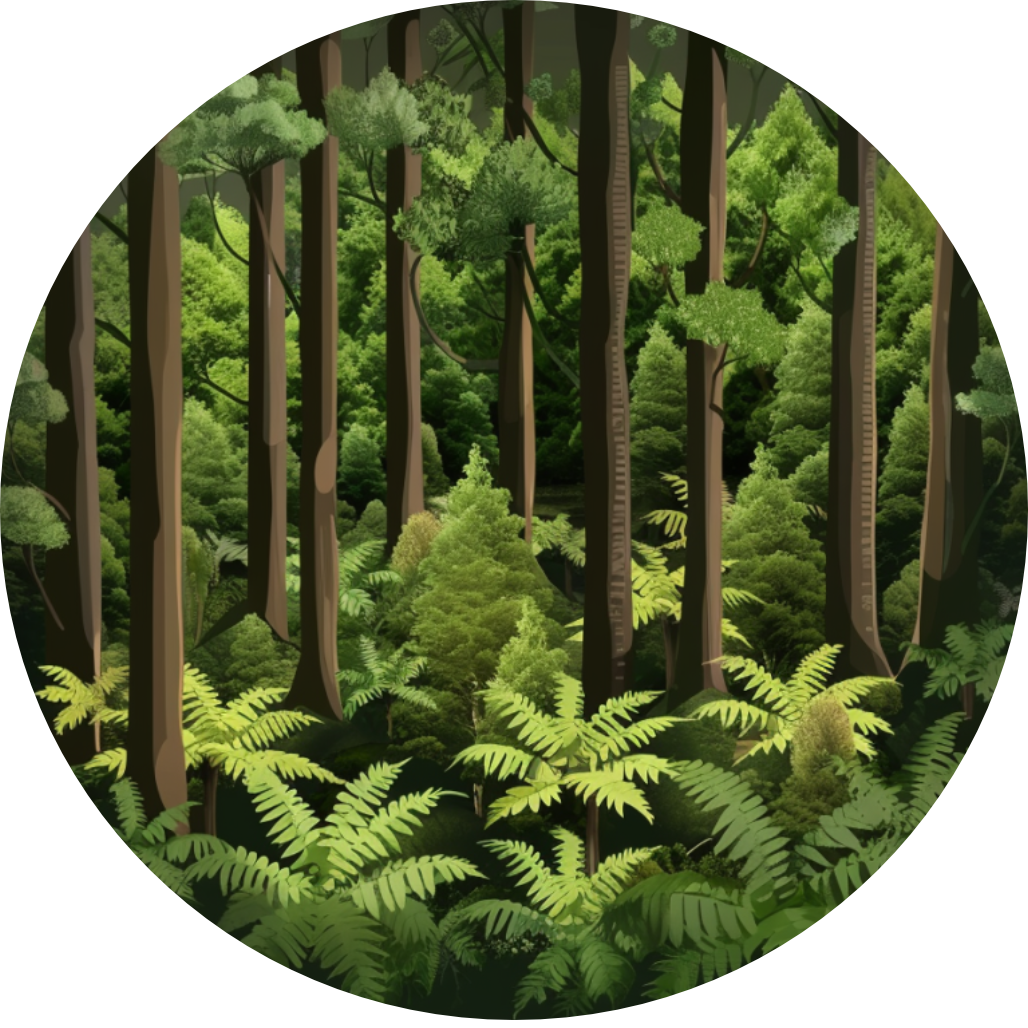
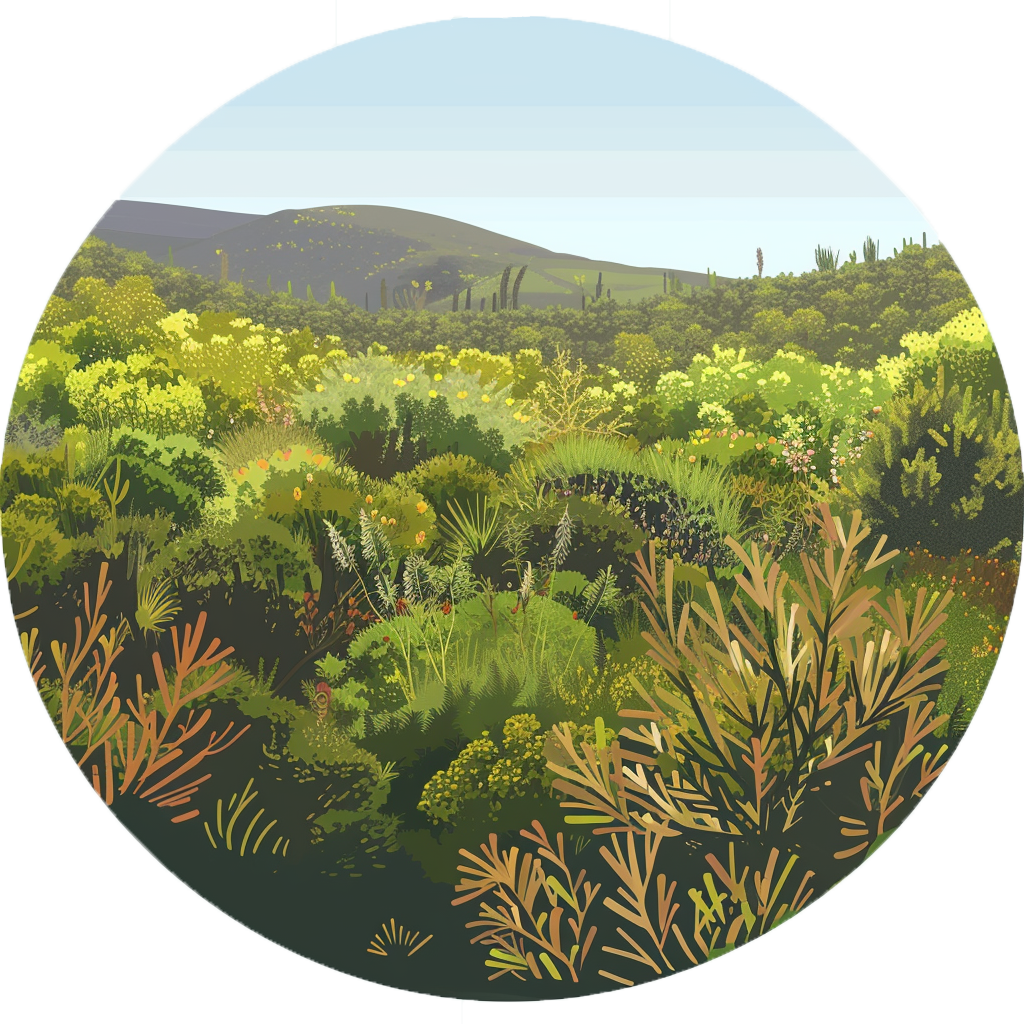
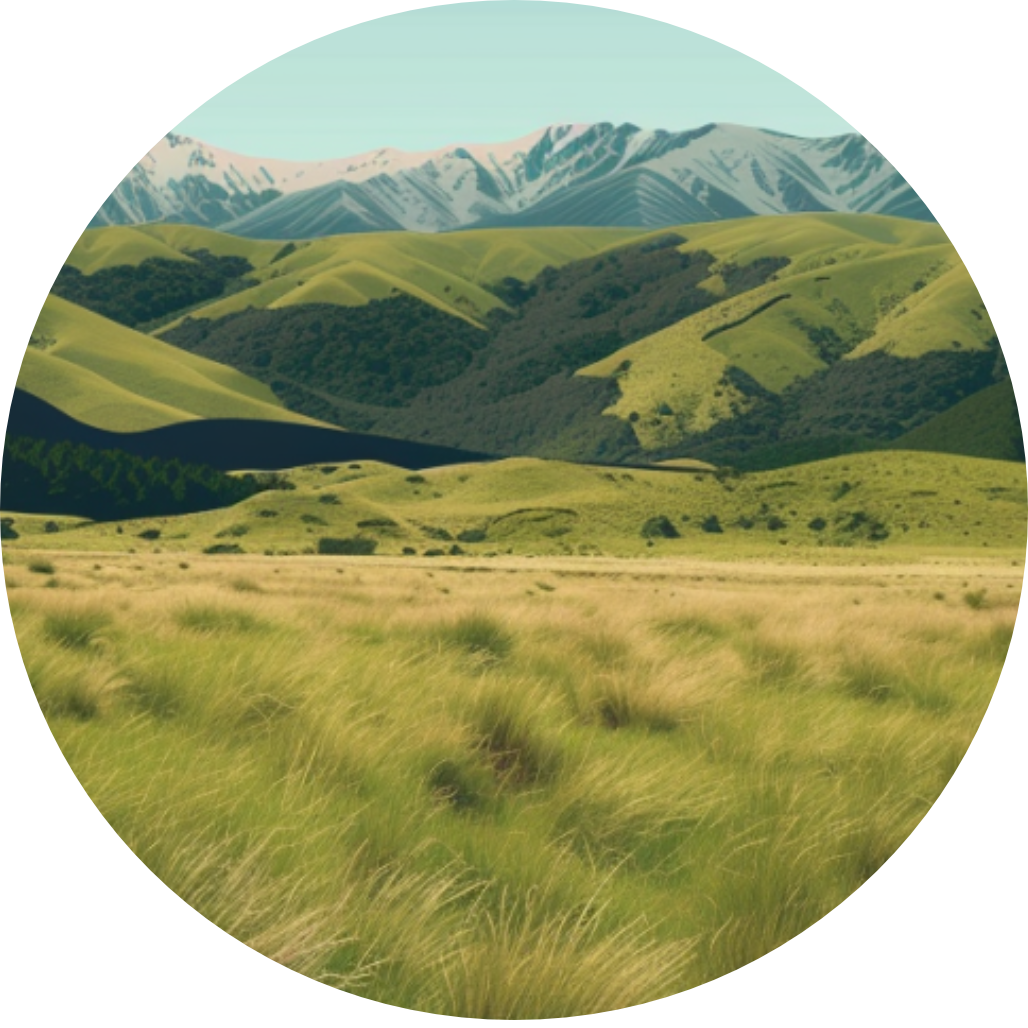

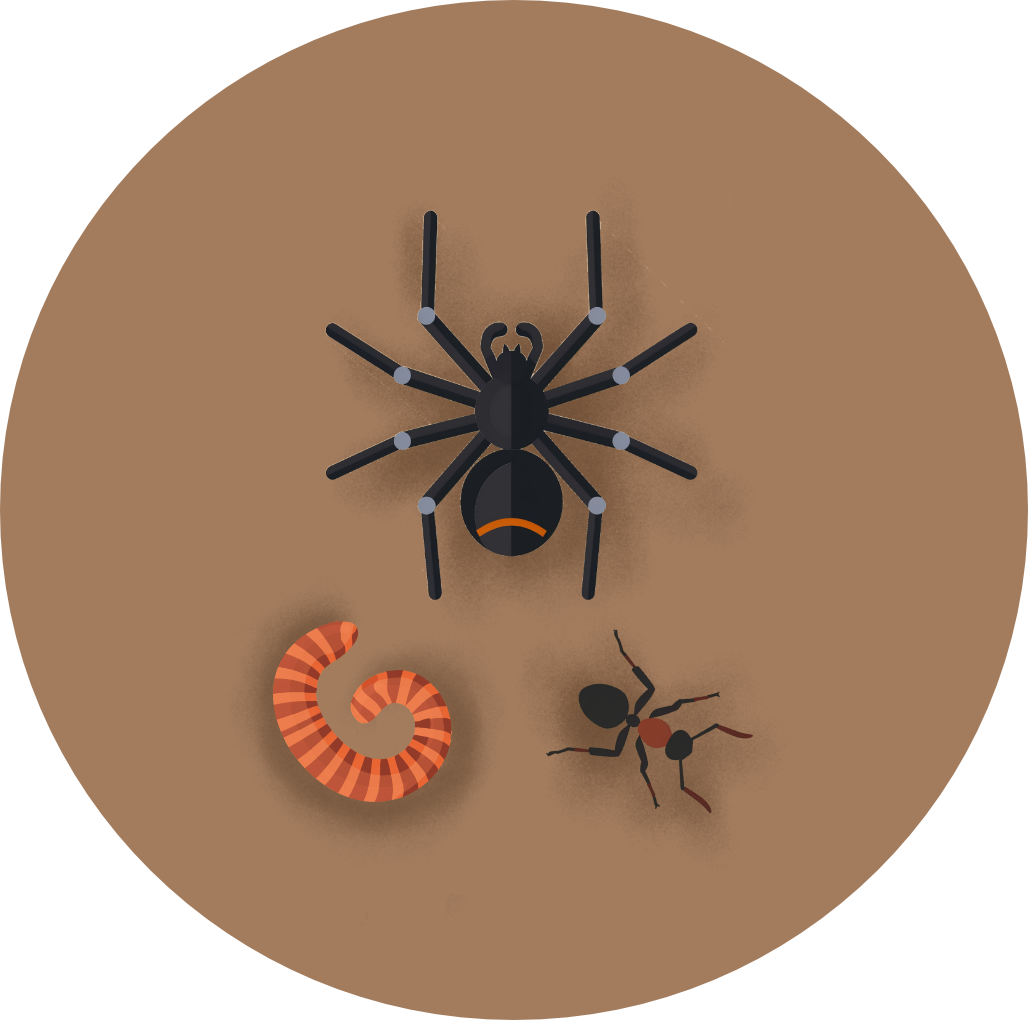
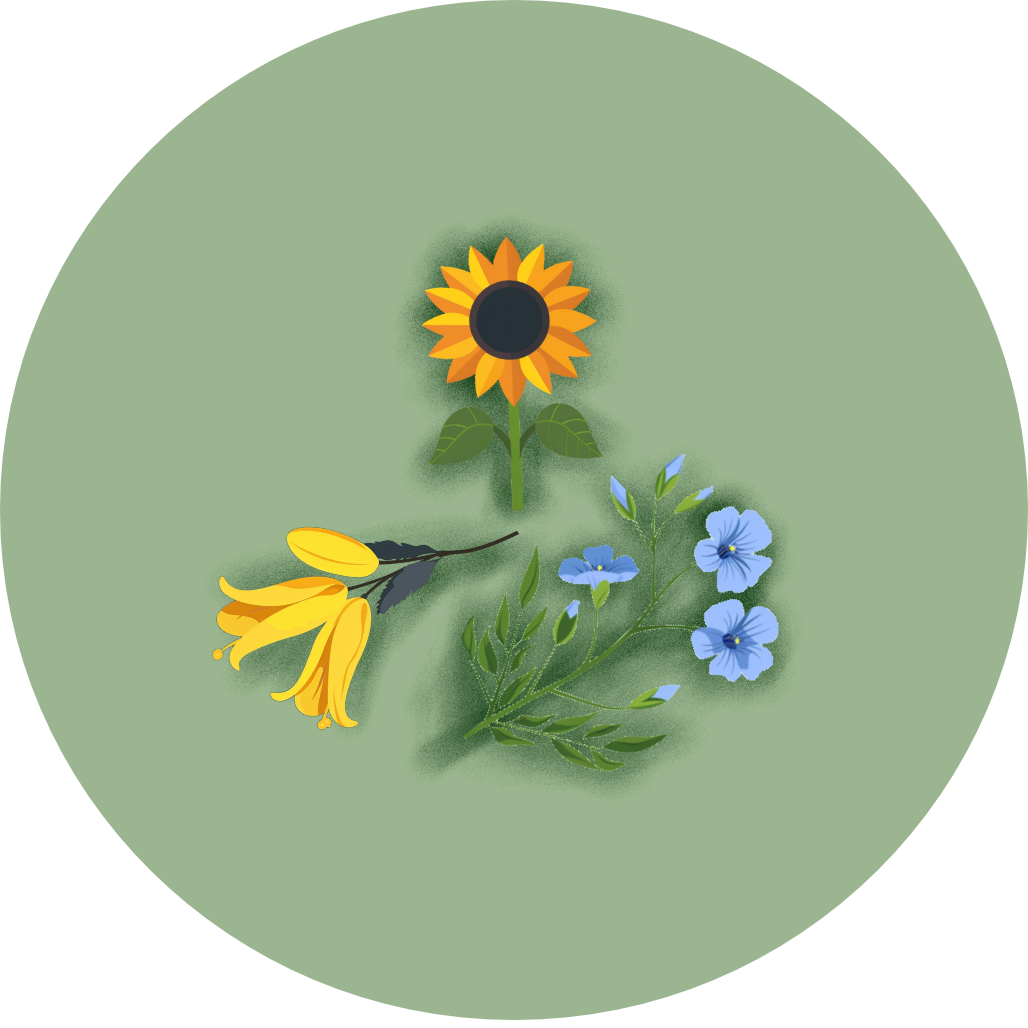

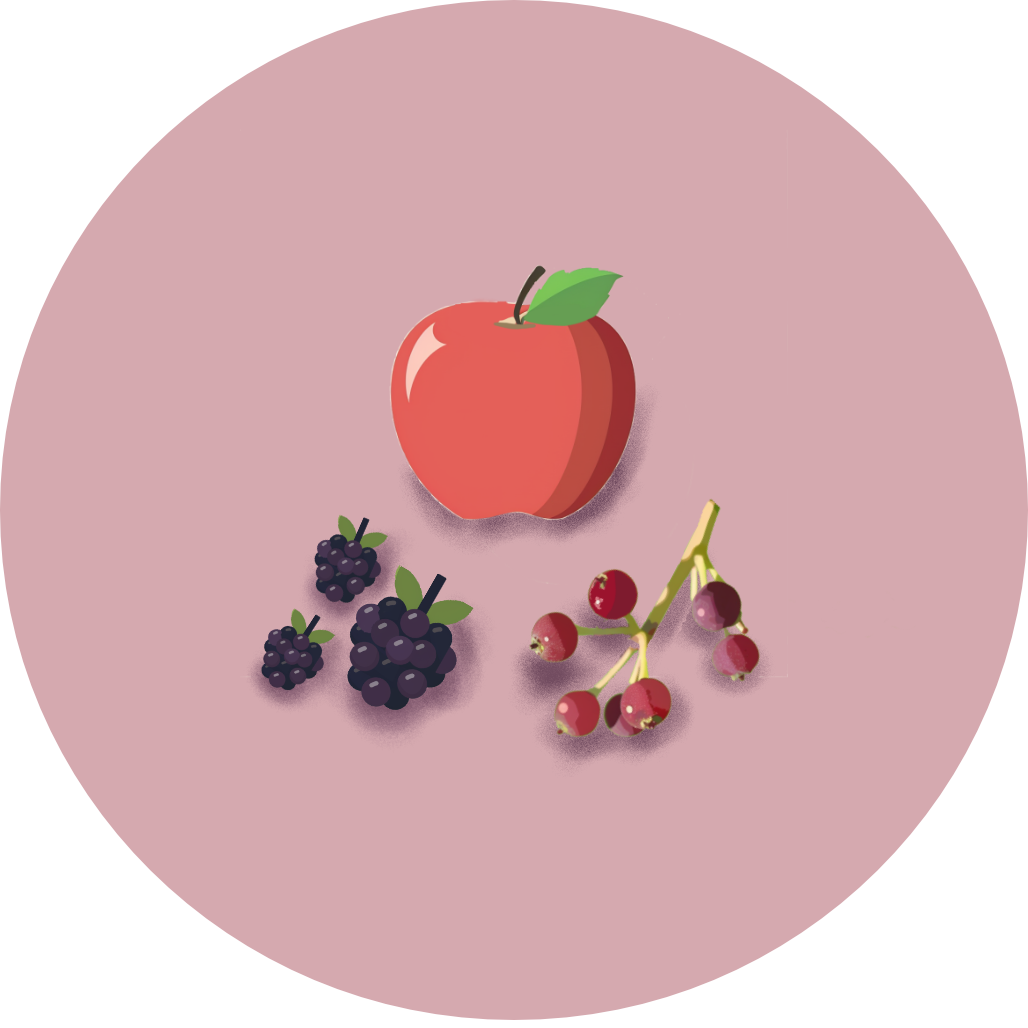
Coming Soon!
Top birding locations will be available in a future update.